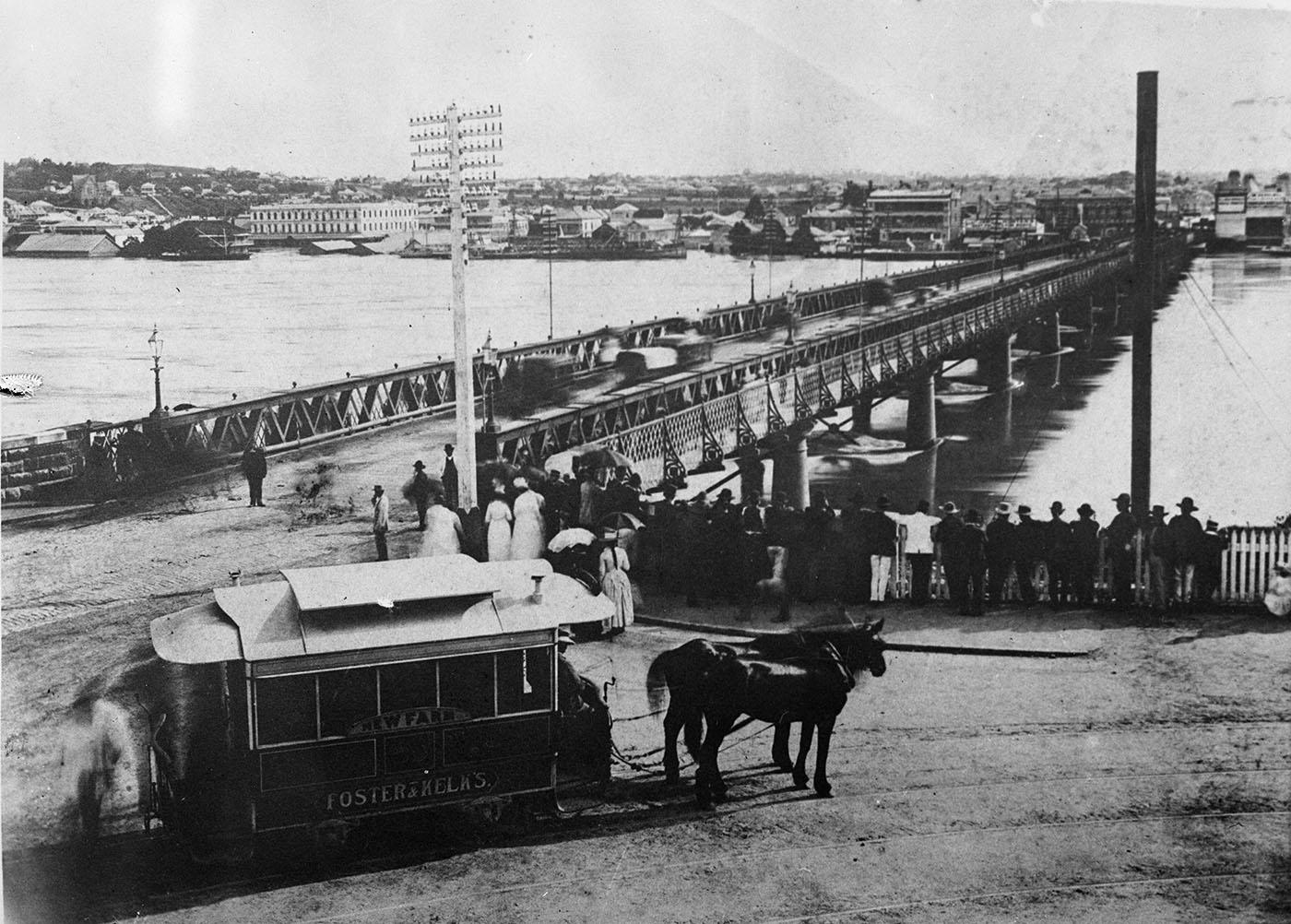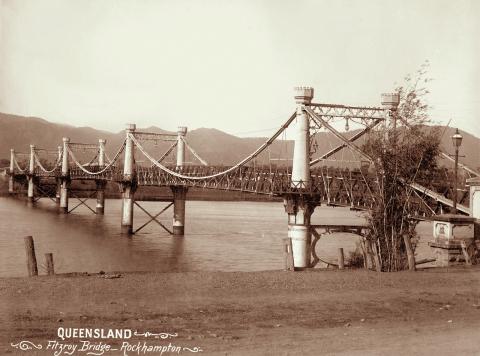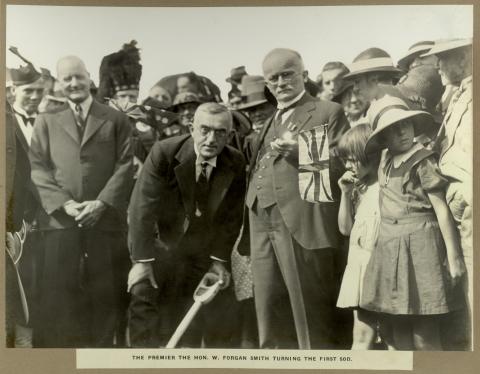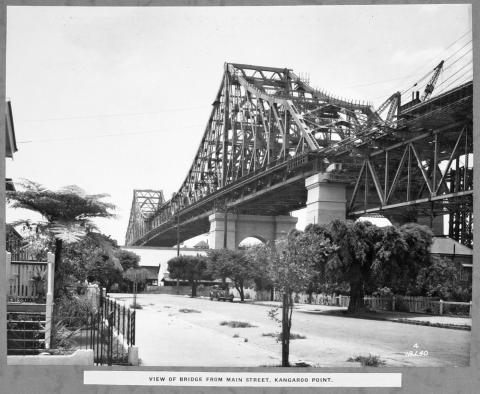
- News of the day
-
TBA
- Background
-
"From its urban beginnings as a penal outpost, by the late nineteenth century Brisbane had developed into a major city. As a conduit for the colony’s exports, the river remained boon for the Queensland capital. But it was a fraught relationship. Development of the flood plain accompanied Brisbane’s rise and by the late 1880s a major a collision was imminent as the Brisbane Valley entered an unusually wet cycle. Low lying areas were inundated in 1887 and 1889 followed by a larger flood in 1890. Those who thought they had seen the last of this extreme weather were mistaken. Peaking over 30 feet at the post office gauge, the February 1893 floods eclipsed this by around three metres.
The ‘Great Flood’ as it is often called, was not a single event, rather, it consisted of three peaks in the river over the course of February 1893 followed by a smaller flood in June. Rain started falling over Brisbane on the 29 January, and continued the rest of the week. The waters rose slowly at first and by the Tuesday lower parts of the city were submerged. This was only the beginning. The next day, unprecedented downpours in the upper catchment caused a surge in the river. Two days later, large parts of the city were invaded and the Indooroopilly rail bridge destroyed. The next day the Victoria Bridge succumbed. After a brief reprieve, flood waters returned less than a week later followed by another major peak around 19 February."
Extract courtesy of Queensland Historical Atlas
/153.0225661,-27.4713407,7/450x450@2x.png?access_token=pk.eyJ1IjoicXNhLWRpc2NvLXFsZCIsImEiOiJjamJmdTgyZXEyeWNjMnlxZm8xcmtieHgxIn0.lmT9J5tTPKGuuccQgCVSAg)



